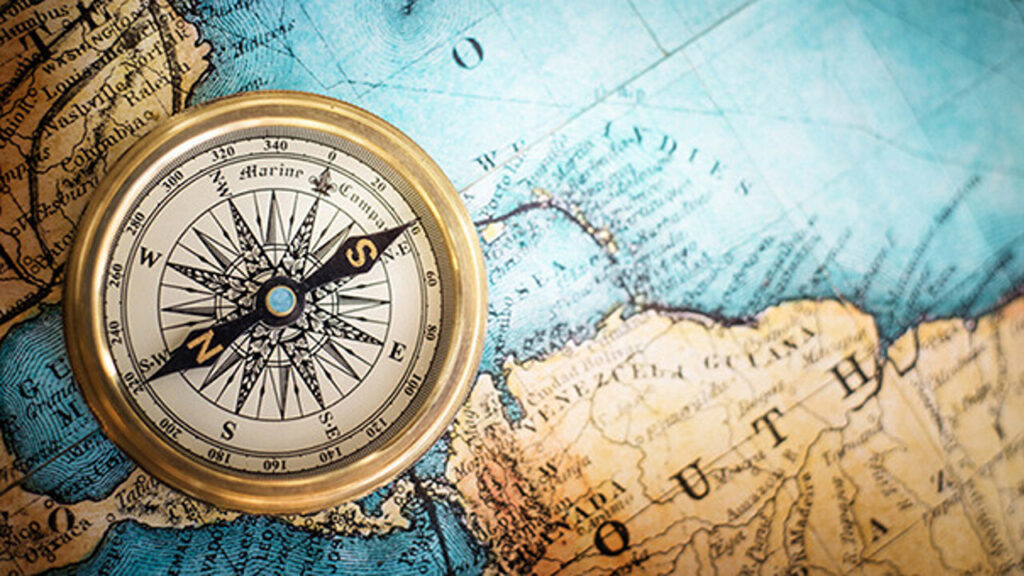When you learn to sail, you are literally “shown the ropes” and taught that they are called sheets, lines,
warps or painters. You learn that knots are hitches, and the stern is the back. Learning the sailing lingo is
a rite of passage for many.
A
Anchor: One method of 'parking' your yacht, usually for a lunchtime stop in a quiet bay. A chain or line
with a weighted hook on the end that grips the bottom of the sea floor and prevents your yacht from
floating away
Apparent wind: A combination of the true wind direction and the headwind created by a yacht’s
forward motion
Ashore: On the shore. Not on the yacht. Why are you not on the yacht?
B
Beam: The width of the yacht
Boom: The big, wide metal thing that sticks out from the mast at 90 degrees and is attached to the foot
of the sail.
Bow: The front of the yacht, not a pretty knot
C
Cabins: Bedrooms on a yacht
Catamaran: A boat with two hulls
Chart: The map on which you check your position and plan your next voyage
D
Dinghy: A small inflatable boat attached to the yacht
Draft: Not a type of beer. The minimum depth of water needed to float your boat
E
Ease: To let the sails out
F
Fender: The rubber bubbly thing dangling off the side of the boat to help prevent damage.
Fore: Toward the front of the boat.
G
Galley: The yacht’s kitchen
Genoa: The sail at the front of the yacht. Ours have a big red stripe around the outside. This sail is used
to control the direction of the yacht, as well as adding some power. Not an Italian city
Gybe: To change from one tack to the other away from the wind, with the stern of the vessel turning
through the wind
H
Heads: Toilet, bathroom
Helm: A tiller or wheel for steering the yacht. Also, a term to describe the helmsman.
Hull: The main body of the boat, including the bottom and sides of a yacht
I
In Irons: When the bow is pointing into the wind and the boat is difficult to maneuver under sail
K
Keel: The central structural basis of the hull
Knot: Not just the loop you tie in a rope or string, but also a unit of speed (equal to one nautical mile an
hour)
L
Lazyjack: A network of cordage led from a point on the mast to points on the boom that help the sail to
go down smoothly when lowered
M
Mainsail: The yacht’s main sail. This catches a lot of wind, and is where the majority of the yacht’s speed
is generated when sailing
Mast: The big metal thing that soars from the bottom of the yacht into the sky. The sails are hoisted up
it, using a complicated series of halyards
Mooring: The second mode of 'parking'- A buoy firmly anchored to the bottom, to which you are able to
secure your yacht and prevent your yacht from floating away
N
Nautical Mile: A measure of distance on the water, equal to 1852 meters
P
Port: The left hand side of the boat when you face the front (bow).
R
Reefing: The primary and preferred method of reducing sail area, to de-power the yacht so that it is
easier to control. Especially useful in higher winds and choppy conditions.
S
Saloon (Salon): The main living area, usually down below.
Skipper: The captain of your yacht
Starboard: The right-hand side of the yacht when you face the front (bow). Opposite of port
Stern: The rear of the yacht
T
Tacking: Zig-zagging so as to sail directly towards the wind (and for some yachts, also away from it)
Trampoline: This is the netting at the front of the Catamaran that you can lie on
Trim: Adjustments made to sails to maximize their efficiency.
True wind direction: Where the wind is actually coming from
W
Winch: A rotating, horizontal drum, powered either by an electric motor or human cranking
Y
Yacht: Boat, ship, sailboat; the wooden, aluminium, fibreglass or carbon fibre thing that floats and is
largely powered by the wind, which it catches in its sails
